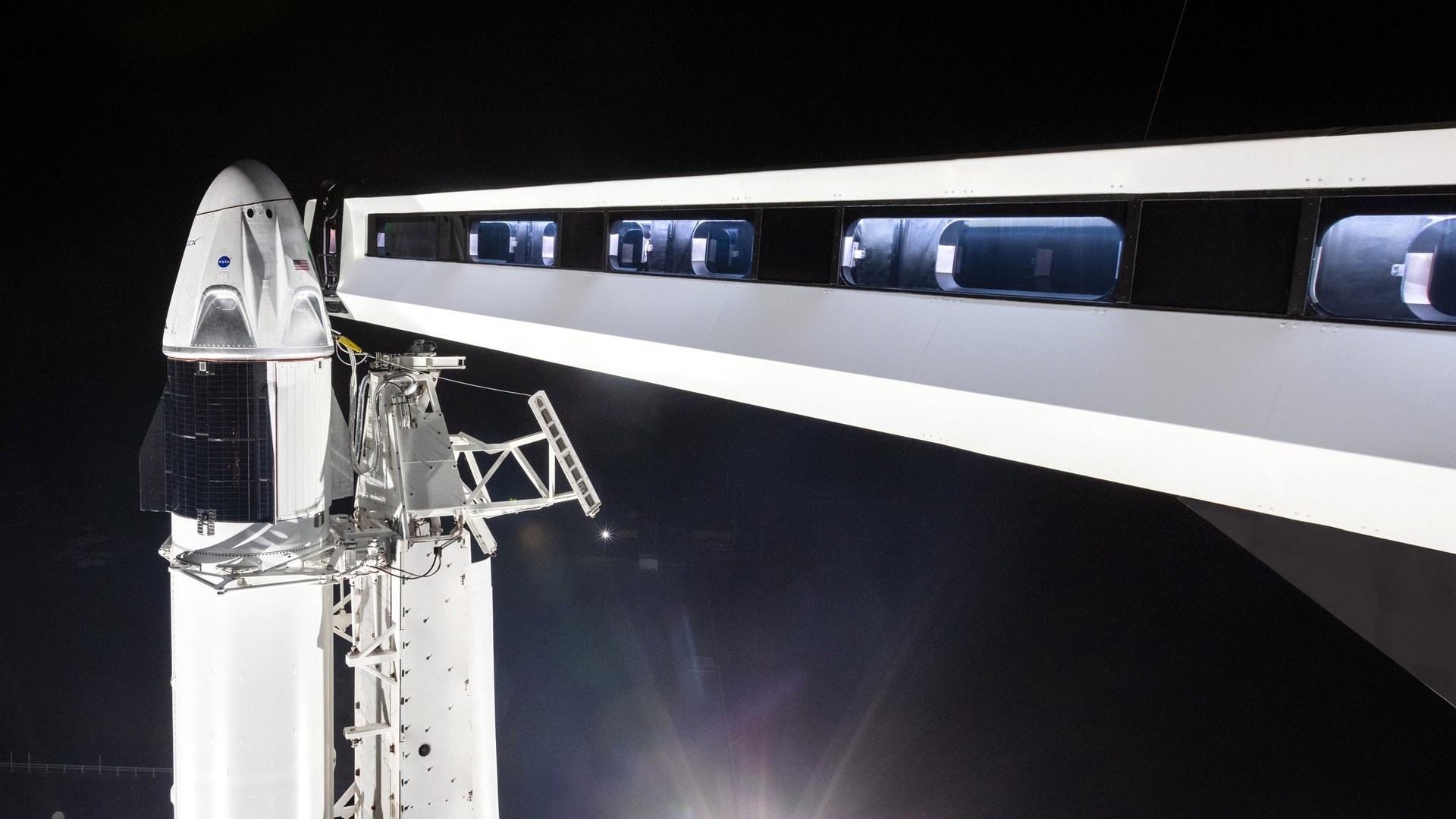Trump’s shutdown is keeping US astronauts on the ground
The first step towards getting US astronauts flying on an American rocket was scheduled for next week, but NASA announced today that the government shutdown will delay the widely anticipated SpaceX test flight until February.


The first step towards getting US astronauts flying on an American rocket was scheduled for next week, but NASA announced today that the government shutdown will delay the widely anticipated SpaceX test flight until February.
The US space agency hired Elon Musk’s SpaceX and aerospace giant Boeing to develop a commercial transportation service to bring astronauts to orbit. This would replace the space shuttle that was cancelled in 2011 and the Russian-made Soyuz rockets that have carried astronauts to the International Space Station since then.
The program began in earnest in 2012, but the hoped-for flight date of 2017 is long past, thanks in no small part to previous under-funding by Congress, according to NASA’s Inspector General.
2019 is intended to be the year of US human spaceflight: Both Boeing and SpaceX have scheduled un-crewed and crewed test flights, with SpaceX’s uncrewed flight, Demo-1, previously scheduled for Jan. 17. More important than setting dates on the calendar are the completed vehicles SpaceX and Boeing are bringing to the launch pads.
The good news about commercial crew is that, as a public-private partnership, the companies don’t need to wait for NASA as they would in a traditional program, where NASA engineers have direct oversight on work often done at NASA facilities. Both Boeing and SpaceX tell Quartz they are continuing to test and prepare their spacecraft. NASA press officers did not respond to questions because they are furloughed due to the shutdown.
At Kennedy Space Center, SpaceX has leased a launchpad from the US government, and so is continuing work there. Musk shared photos of the company’s Falcon 9 rocket and Dragon spacecraft vertical on the launch pad, a key sign that the company’s hardware is ready to head for space.
But both companies—and indeed any US space launch—requires the US government to be in operation, including the FAA coordinating airspace and launch licenses and the US Air Force providing weather, radar, and safety procedures around the launch pad.
Most importantly for these test flights, however, is having NASA engineers on hand to verify the data and conduct joint reviews of the test programs to certify rockets for operational use. It’s as if you showed up to take the test for a drivers’ license and the office was closed, indefinitely—but with rockets.
The companies say that the shutdown has yet to impact their work, but it’s clear that at some point NASA will need to show up.
“SpaceX is assessing any impacts of the partial government shutdown to our commercial launches,” said a company spokesperson. “NASA continues to support Commercial Crew Program operations as we move toward our first demonstration mission of Crew Dragon next month.”
Unspoken is that both companies are largely dependent on government contracts for their space business with NASA, the US military, and government spy agencies.
“If the shutdown continues for an even more extended period of time, the effects may begin to weigh on our operational efficiency and pose other challenges for our business,” said a Boeing spokesperson. “We urge the Administration and Congress to reach a solution to this funding impasse quickly to fully reopen the government and preserve U.S. economic growth.”
It’s not just NASA’s human spaceflight plans that are suffering under the shutdown. The Hubble space telescope has encountered some kind of malfunction, and most of the engineers who could investigate and attempt to fix it are forbidden from working.